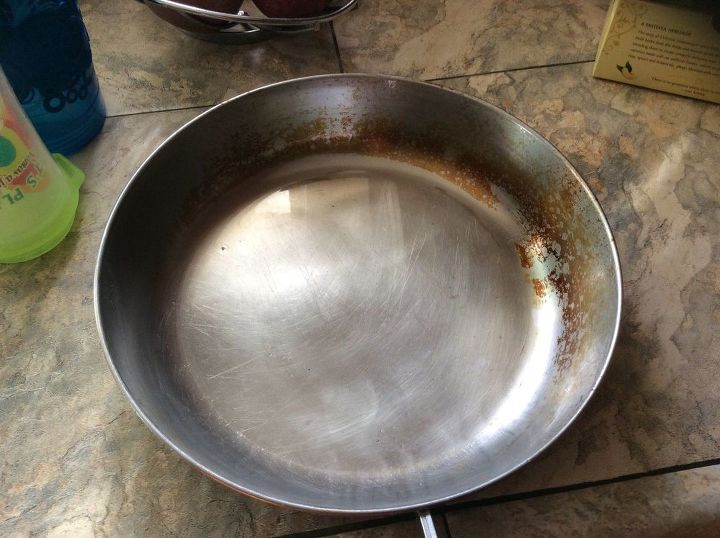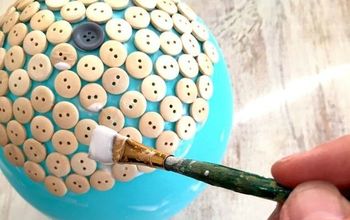How do I remove hard iron blue water stains in a shower stall?
Related Discussions
How to clean a mirror without streaks?
Every time I clean my mirrors, they end up having tons of streaks and almost look worse than before I started. What could I use to clean them that won't leave streaks... See more
How to clean burns on stainless steel pans?
Help! I burned my pan. How do I clean stainless steel cookware that's been burned?
How to clean hardwood floors in the kitchen?
What is the best way to clean hardwood floors in the kitchen?
How to clean my kitchen cabinets from grease?
My kitchen cabinets are embarrassingly greasy. Please share your degreasing tips with me so I don't have to cringe every time I glance at my cabinets.
How do I remove hard water stains from vintage glasses?
We have vintage wine glasses that have hazy water stains. Does anyone know how to clean cloudy wine glasses?
How do I remove hard water stains from a Pyrex measuring cup?
How to remove hard water stains From a Pyrex measuring cup?


https://www.plumbingsupply.com/getting-rid-of-blue-green-water-stains.html
Iron is usually orange.....blue color might be copper.
I had this happen to my acrylic shower base from time to time. I think it was from copper or brass fittings in the drain. I think I may have just sprinkled a little Zud on it and it seemed to work with just a very light scrubbing.
Also, I forgot to mention, I had soft water, so I know it was not from the water. I would take the cover off the drain and clean the pipe now and then. It didn't happen very often, but it did not seem to stain the shower.
Easy Off No Fume Oven Cleaner in the BLUE can. Spray it on and let it liquefy. May need a little scrubbing. Wear rubber gloves. Rinse well.
If you have a water softener using salt and copper pipes, it can be the water.
Green or blue water staining are names given to a general corrosive attack that on rare occasions occurs in buildings that have been plumbed in copper.
The majority of high copper level cases or "blue water" are caused by interaction between the copper tube wall and elements or compounds in the water.
Historically, all occurrences of this phenomenon have been loosely, if not mistakenly referred to as cuprosolvency, which literally means dissolution of the copper surface. Classic cuprosolvency typically occurs in water that is relatively soft, low in pH, and high in dissolved gases.
When water chemistries are not consistent with what is described above for cuprosolvency it should be determined whether the water itself has a blue/green cast to it or if there are small malachite particles in the water that are causing the staining.
There may instead be precipitation of bicarbonate and sodium byproducts out of the water in such a way as to loosely adhere to the tube wall and react with the copper surface to form a blue/green copper carbonate. This can occur with some water softeners that use salt or bicarbonates to soften the water.